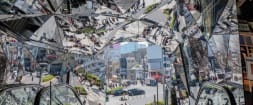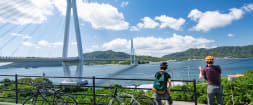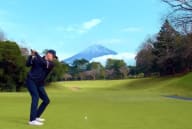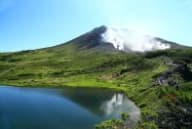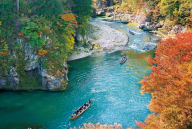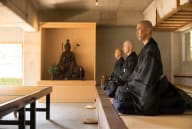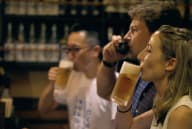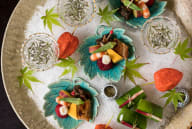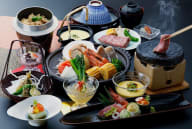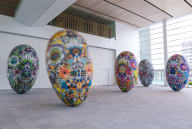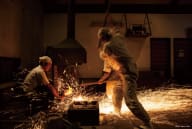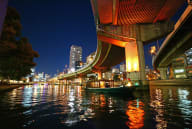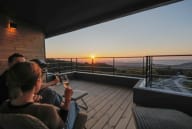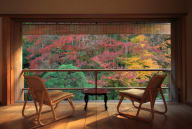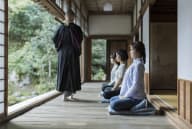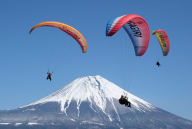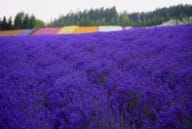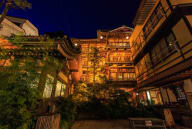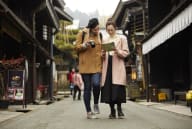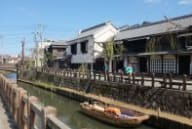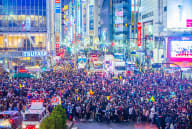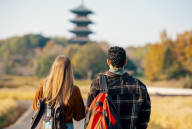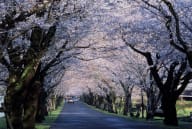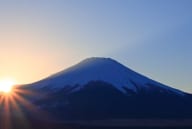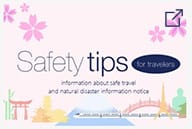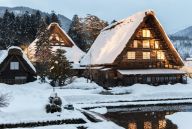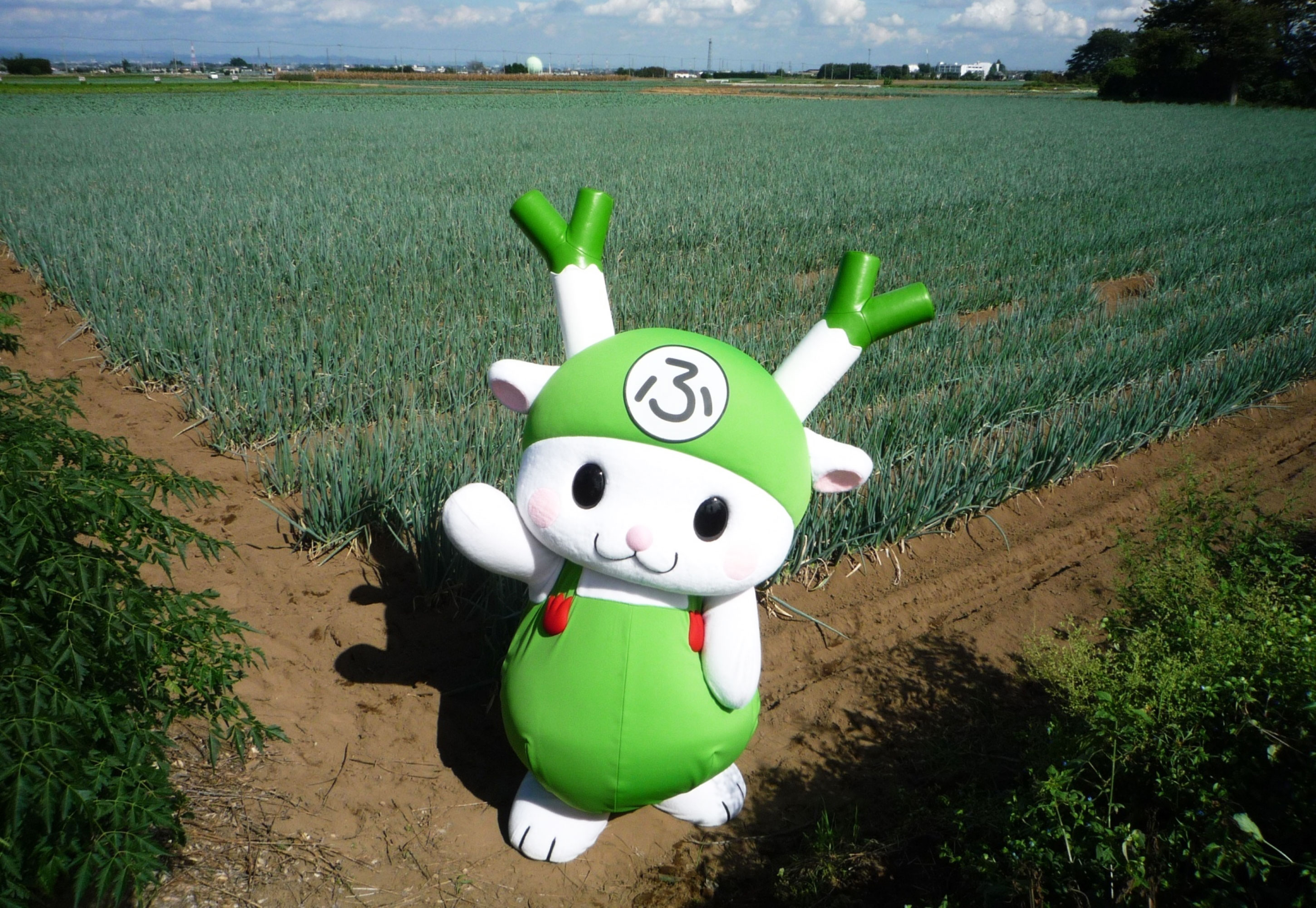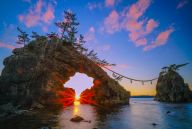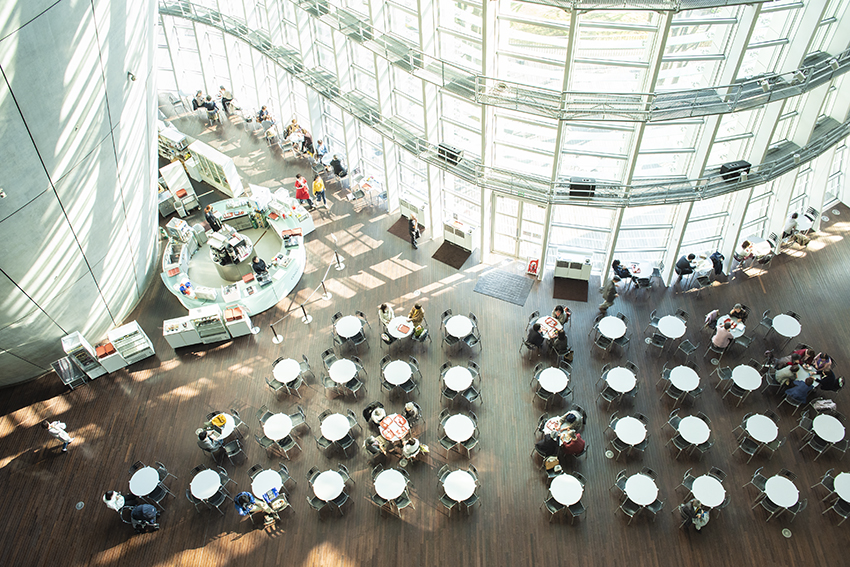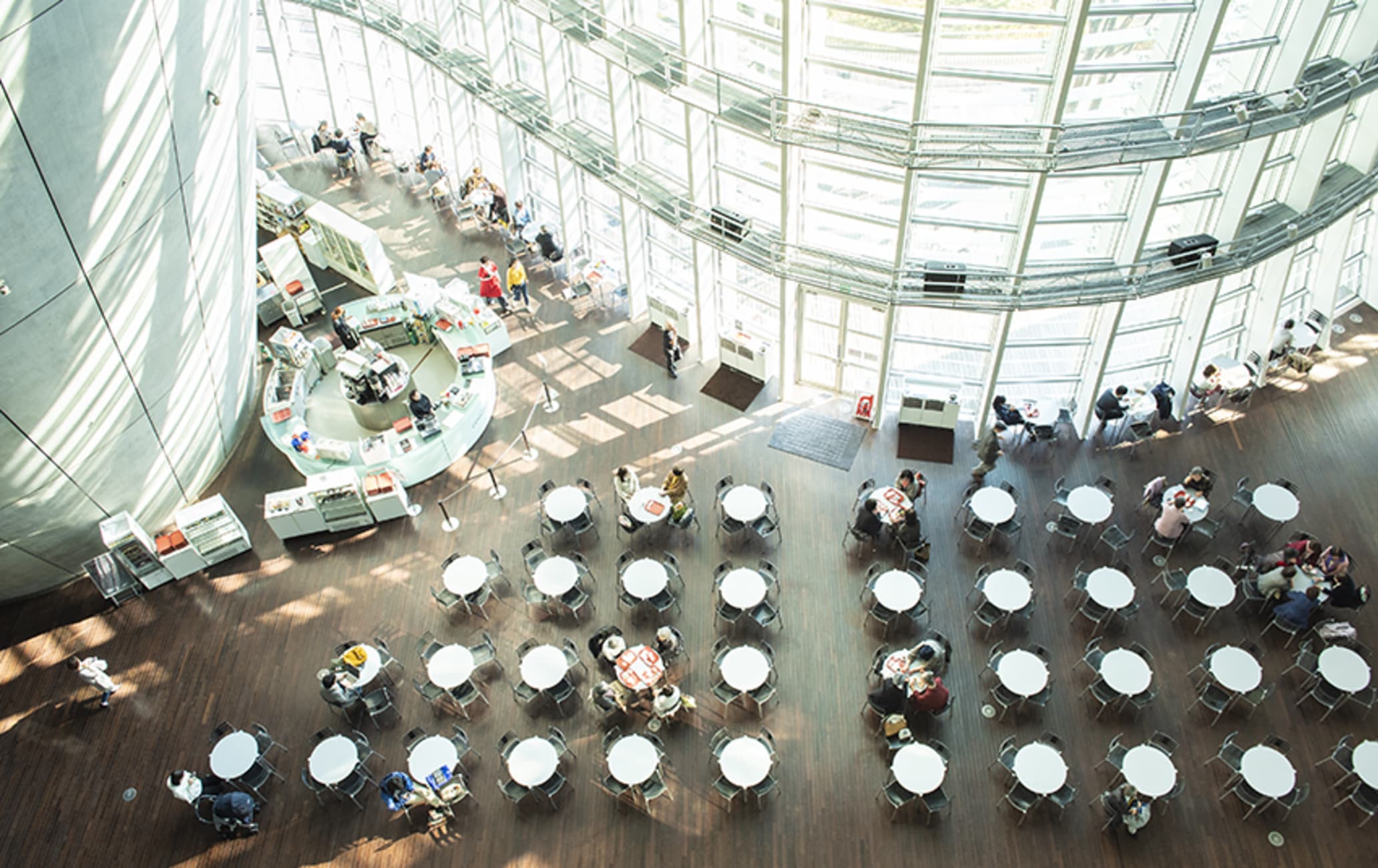A world-class exhibition space that's visually striking inside and out
The National Art Center, Tokyo, opened in 2007 and is one of the country's most important art spaces. A variety of exhibitions are held here, making use of one of the largest exhibition spaces in the country (14,000 m2 in total). The center works under three major policies:
Exhibitions: Based on the latest research, the curators of the NACT plan and organize special exhibitions of diverse genres ranging from the classics to contemporary art, manga, fashion, and design. Also, the NACT provides exhibition spaces to artist associations that are active nationwide. These artist associations' exhibitions are not curated by the NACT's curators, reflecting instead each association's focus area(s) and distinctive approach to artistic practice.
The Art Library: Free to use for all visitors. Its collection includes exhibition catalogs as well as publications on modern and contemporary art, design, architecture, and more from both Japan and elsewhere. Foreign magazines and publications are also available.
Education and Public Programs: The NACT organizes various programs such as lectures, artist talks, and symposiums which are held in conjunction with exhibitions.
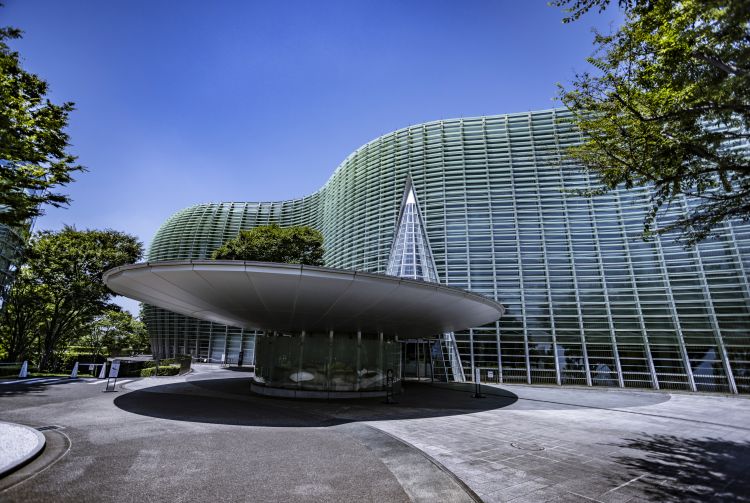
Don't Miss
- Unique look with its conical main entrance and a beautiful wavelike glass wall, designed by Kisho Kurokawa*
*Architect famous for designing the Nakagin Capsule Tower Building, etc. - Admission itself is free, with access to the restaurant, cafés, art library, and museum shops.
- Fine French dining with a view at Brasserie Paul Bocuse Le Musee
- The extensive third-floor Art Library, exclusively devoted to art
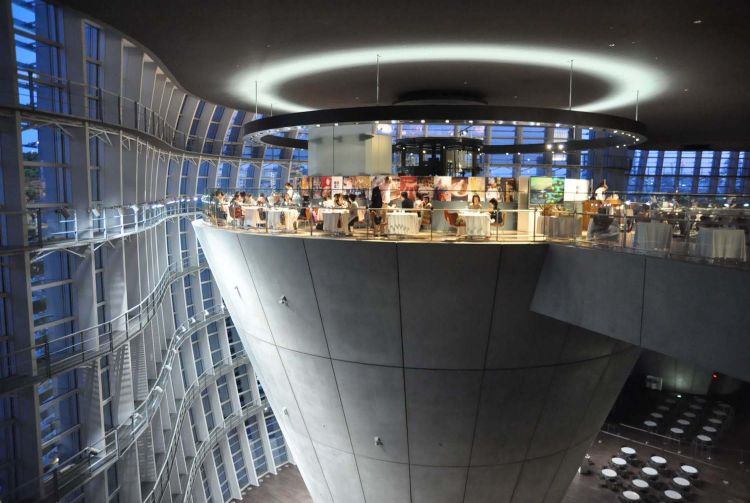
©The National Art Center, Tokyo
How to Get There
The nearest stations to The National Art Center, Tokyo, are Nogizaka or Roppongi subway stations.
Take the Chiyoda Line to Nogizaka Station and leave through exit 6 for direct access. Alternatively, take either the Hibiya or Oedo Line to Roppongi Station and walk about 5 minutes.
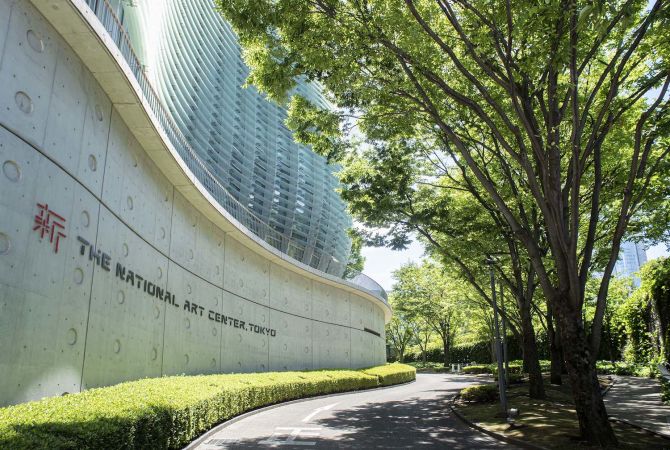

©The National Art Center, Tokyo
Quick Facts
The space houses three cafes and a restaurant
There are two special exhibition galleries of 2,000 square meters and 10 galleries for artist associations that run nationwide activities. The National Art Center, Tokyo, has temporary exhibitions across various genres
The museum is closed on Tuesdays
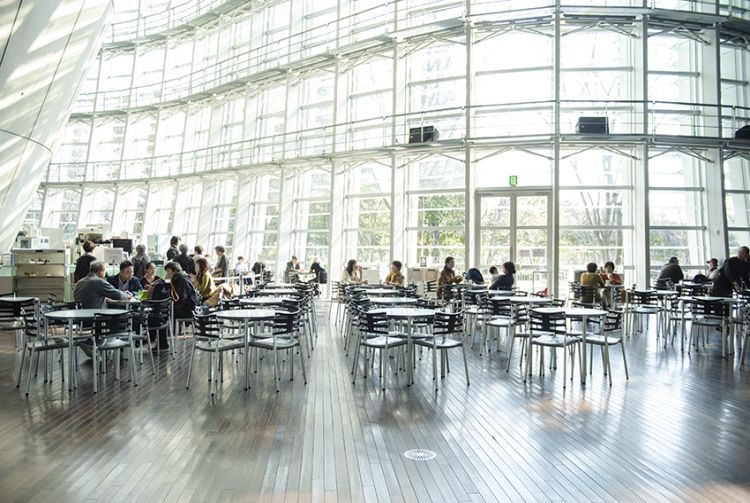
©The National Art Center, Tokyo
An impressive building
Since opening in 2007, this stunning structure designed by Kisho Kurokawa has been considered one of Tokyo's most impressive and flexible art spaces. On first approaching, visitors admire the light-filled atrium at the entrance, formed by glass and steel waves.The NACT is one of the most celebrated designs of Kurokawa's final years. Kurokawa was a renowned architect and an exponent of the Metabolism movement. He designed many other art galleries, and his work also includes prominent structures outside of Japan.
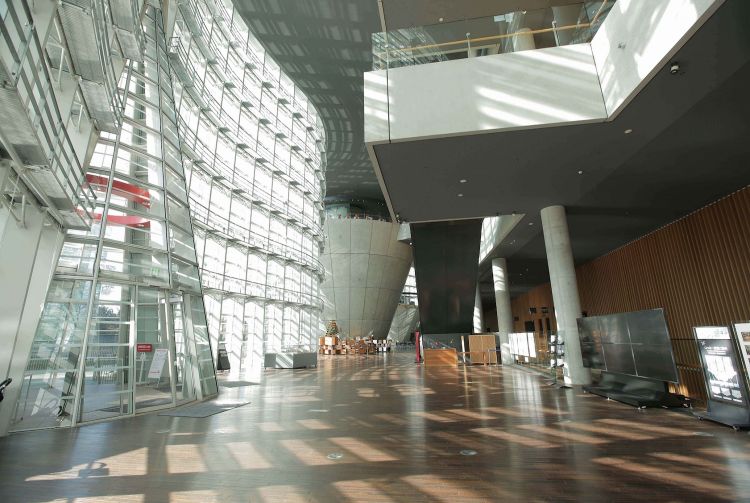
©The National Art Center, Tokyo
A transformative concept
Unlike most other national art museums and galleries, The National Art Center, Tokyo has no permanent exhibition. Rather than hosting one major permanent collection, the gallery is adaptable, transforming its rooms to host a number of rotating art exhibitions simultaneously as well as public events like artist talks and workshops.
There is no permanent collection, but you can enjoy a wide variety of special exhibitions. Need to check in advance what is being held when you visit. Previous exhibitions have included works from Old Master of the Louvre and other museums, avant-garde artist Yayoi Kusama, animation director Makoto Shinkai, architect Tadao Ando, and fashion designer Issey Miyake.
Art Triangle Roppongi
The National Art Center, Tokyo, is part of “Art Triangle Roppongi," along with Mori Art Museum and Suntory Museum of Art. These three museum spaces in the district which can sometimes be visited at discounted rates if you retain your ticket from one museum and show it when entering the next. This affordable scheme lends for a day of art and culture, perfect before a Roppongi night out.











